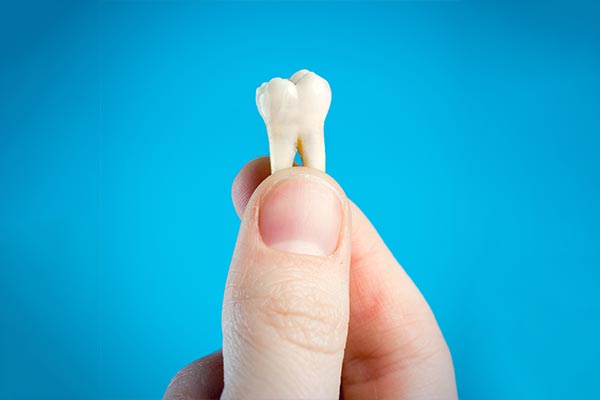A General Dentist Helps You Decide Whether To Pull or Save a Tooth
 Persistent oral pain or extensive decay may send a patient to a general dentist, who must then advise whether the patient should try to save the tooth or have it pulled. To save the tooth, a root canal procedure may be necessary. This involves removing the infected pulp of the tooth and replacing it with gutta-percha, a biocompatible rubber-like material. Extracting the tooth is usually the last resort, but sometimes it cannot be avoided.
Persistent oral pain or extensive decay may send a patient to a general dentist, who must then advise whether the patient should try to save the tooth or have it pulled. To save the tooth, a root canal procedure may be necessary. This involves removing the infected pulp of the tooth and replacing it with gutta-percha, a biocompatible rubber-like material. Extracting the tooth is usually the last resort, but sometimes it cannot be avoided.
When it might be necessary to pull a tooth
For saving the tooth to be practical, its structure must be strong enough to support the root canal. Sometimes the decay is so severe that the remaining tooth structure is too weak. If this is the case, extraction is inevitable.
It may also become necessary to pull a tooth that is severely damaged due to trauma. A blow to the mouth can crack a tooth in several different places, which can be difficult to restore. It sometimes also becomes necessary to extract a tooth when the cracks extend beneath the gum line. A general dentist may need to take X-rays to identify these cracks, as they may not be visible in the tooth's surface.
Why it is often preferable to save a tooth
Despite the significant advances in restoration methods for missing teeth, no treatment has all the advantages of a patient's natural teeth. Saving a tooth offers a patient specific advantages.
Less pain
Pulling a tooth or saving one with a root canal both are measures to prevent the patient from feeling pain or discomfort. Nevertheless, many patients report more pain with an extraction, whether during the procedure itself or its recovery, than with a root canal.
Better appearance
The loss of a tooth has an effect on the rest of the mouth, especially the jaw. The bone of the jaw starts to atrophy when the tooth is no longer there to strengthen it. The process of bone loss starts immediately upon the loss of the tooth but takes a while to become noticeable. Over time, it can actually change the shape of the jaw.
Fewer complications
While extraction might seem like the simpler option, it puts a patient at risk for painful complications, such as dry socket and infection. There is no chance of a dry socket with a root canal because there is no socket and no scab. Saving the tooth also means fewer follow-up appointments to check for infection and discuss replacement options.
Better function
Artificial dental restoration options are still not as strong as natural teeth. When some teeth are missing, it can affect the bite alignment because the others shift to close the gap. Natural teeth are also easier to keep clean.
Conclusion
Natural teeth offer the patient advantages that even the most sophisticated restoration methods cannot fully replicate. A general dentist generally prefers to save a damaged tooth, but it is not always possible. Sometimes the damage is beyond repair and extraction becomes the only option.
Request an appointment or call Sunset Dental at 505-295-4050 for an appointment in our Albuquerque office.
Related Posts
General dentistry is responsible for addressing all routine things relating to the teeth, including damage that occurs. Teeth become damaged as a result of many things, such as injury, accidents, natural wear and tear, or cavities. Whatever the reasoning may be for a damaged tooth, there are a lot of treatment options available in general…
The types of cavity treatments fall into two different categories. Those categories are direct and indirect restorations. Direct forms of cavity treatment include things like fillings made from composite resin and amalgam. Indirect forms are crowns or onlay restorations. Direct restoration can be completed without the need for work to be done with a dental laboratory.…
When a patient has a cavity, a general dentist thoroughly takes out all the decayed area of the tooth and replaces it with a filling in the empty space to prevent future decay. When it comes to the type of filling, there are various options from which the patient may choose. They each have advantages…
